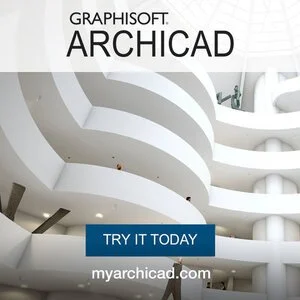#346 - TIPS FOR BATHROOM DESIGN - Layout, Feeling, Lighting, Future-Proofing and More
SUMMARY
This week David and Marina of FAME Architecture & Design have a conversation about bathroom designs, covering the key elements one should consider when doing a remodel or new bathroom including, budget, schedule, professionals to hire, feeling, layout, lighting, tubs, showers, fixtures, future-proofing, and other features. Enjoy!
TIMESTAMPS
(00:00) Introduction
(01:24) Three things to consider before starting your project: budget, which professionals to hire, and schedule.
“Defining your budget is very important because it really informs what is possible within the size of that space. And working with budgetary constraints helps steer the design in one direction or the other. The budget doesn't have to be perfectly fixed [at the beginning]. A lot of people don't know how much construction costs, but you probably have a sense of whether or not you're willing to spend $50,000 versus $100,000 versus $400,000. When you're first talking with your professionals, everyone's going to want to know your budget. The budget has to start somewhere. I would recommend to get the contractor involved soon after you've selected your architect or designer just so they can keep an eye on pricing as the design moves forward. It's just very helpful to get their input throughout rather than designing the whole thing and then putting a price tag on it.” (01:24)
“It takes a while to get materials and plumbing fixtures delivered to the construction site when you need them. So the sooner you can plan the design to start, the sooner you can start buying those elements. So when construction is scheduled to start, you have the components showing on time. There's nothing worse than having a bathroom in construction and you're waiting for that faucet you wanted, and it's taking three more months and the bathroom is in limbo until then. It just sucks. So it's better to plan too early than too late because if you're too early, what's going happen is you’ll just have your drawings ready and the construction will just start a little while from then. The worst thing that could happen is that you hired the designers too late and you want construction to start on a certain date and you're still designing while the bathroom is being built and nothing is going to show up on time. It's gonna take longer, it's gonna cost you more money, people are gonna get frustrated. It's just bad energy.” (05:35)
“Most of the time clients underestimate how long things take to be designed, approved, built, and for materials to arrive… they’ve known that they wanted to do this bathroom remodel for years but they haven't talked to anyone about it until they need it. And by then it's too late because now they're stuck with some schedule a deadline and they're forced to compromise and either miss their deadline or sacrifice the things that they want because they can't wait for them to arrive.” (06:35)
08:10 How it feels
09:50 Layout
“We would look at the overall layout of the space and at the spaces around it to see how the procession or the flow into the bathroom feels because that is part of the experience. Maybe we would see that the bathroom could be dramatically improved if we altered some of the interior architecture, if we removed this wall, relocated it, or made it into a screen, or if we added a window or a skylight, and changed more than just what's in the footprint of the bathroom. This is an important idea that all good designers think about, it is that when you solve a problem, the first thing you do is look on the periphery of the problem to see what it could impact it, instead of being confined to a preconception of, “If I'm doing a bathroom remodel and the existing bathroom is 10’x 15’, then it can only be 10’ x 15’”. (09:55)
“Bathroom layout is particularly important I think for primary bedrooms. Sometimes it is [just a matter of] aesthetics but a lot of times it's also that the layout doesn't feel right and clients can’t really nail down why it doesn't feel right. It doesn't necessarily mean that you have to move the bathroom to the other side of the house. It might mean that the door just needs to be relocated or another small [architectural] change to make it better. That's why again the budget is super important. Because if it's extremely contained and confined then you're going to only have so many options. Whereas if you have a little bit more wiggle room and a bigger budget, then the possibilities are multiplied.” (11:30)
16:27 Lighting
“Lighting is underestimated often because people tend to focus on the more visible material things like wall tile, tubs they like, etc. But lighting is the big thing. If you don't have good lighting almost nothing else works. You should have lighting that is good for different types of uses and experiences. There's ambient lighting, which is to light the whole space and is often provided by recessed down lighting. And that's good to have [when you need to] blast light and make it as bright as possible to see everything. But generally, we try and avoid having to rely on a lot of recessed ceiling lights shining down because it creates a very unpleasant living experience, and in a larger room, it starts to feel like an airport with all these dots in the ceiling. In everyday use, I generally prefer if the accent lighting is enough and I don't need to use the overheads except for on a rare occasion when I'm cleaning or some other activity. When I'm occupying the space. I'd rather it be lit with what's aesthetically pleasing so I don't have to turn the ceiling lights on.” (17:12)
“The mistake with lighting that’s easy to make is to put too much accent lighting and bling it out. We've seen in homes where they put strip LEDs hidden everywhere and it starts to feel like a lighting showroom or a rice rocket car that has glow everywhere in it.” (19:15)
21:30 Tub and shower
27:15 Vanities and faucets
33:30 Mirrors, towel hanging, flooring, storage
39:45 Future proofing designing to low-mobility and longevity
46:21 Other features














